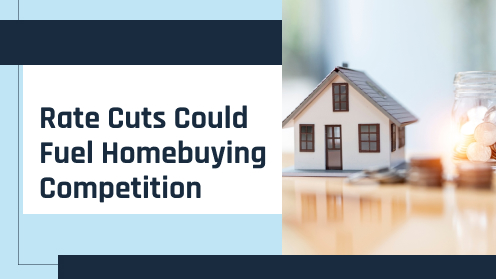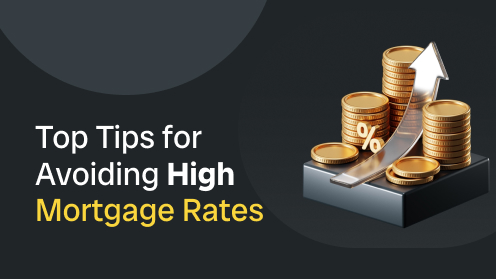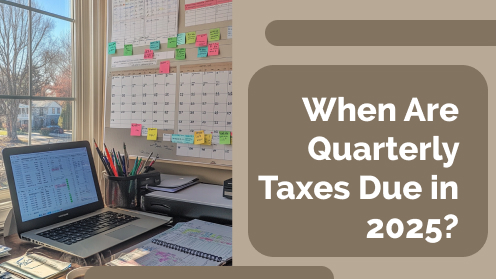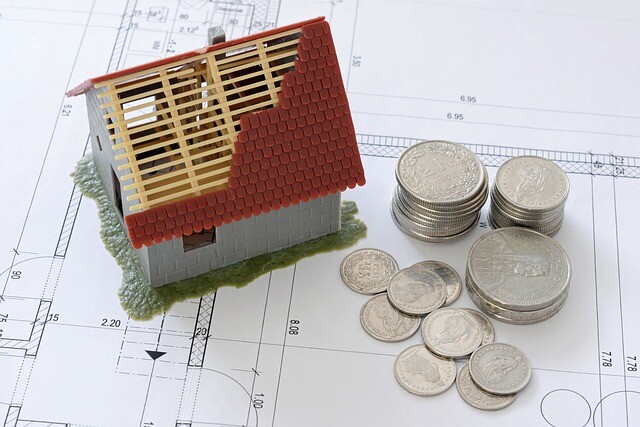3 Reasons Why We Are Not Heading Toward Another Housing Crash
With home prices softening, some are concerned that we may be headed toward the next housing crash. However, it is important to remember that today’s market is quite different than the bubble market of twelve years ago.
Here are three key metrics that will explain why:
- Home Prices
- Mortgage Standards
- Foreclosure Rates
HOME PRICES
A decade ago, home prices depreciated dramatically, losing about 29% of their value over a four-year period (2008-2011). Today, prices are not depreciating. The level of appreciation is just decelerating.
Home values are no longer appreciating annually at a rate of 6-7%. However, they have still increased by more than 4% over the last year. Of the 100 experts reached for the latest Home Price Expectation Survey, 94 said home values would continue to appreciate through 2019. It will just occur at a lower rate.
MORTGAGE STANDARDS
Many are concerned that lending institutions are again easing standards to a level that helped create the last housing bubble. However, there is proof that today’s standards are nowhere near as lenient as they were leading up to the crash.
The Urban Institute’s Housing Finance Policy Center issues a quarterly index which,
“…measures the percentage of home purchase loans that are likely to default—that is, go unpaid for more than 90 days past their due date. A lower HCAI indicates that lenders are unwilling to tolerate defaults and are imposing tighter lending standards, making it harder to get a loan. A higher HCAI indicates that lenders are willing to tolerate defaults and are taking more risks, making it easier to get a loan.”
Last month, their January Housing Credit Availability Index revealed:
“Significant space remains to safely expand the credit box. If the current default risk was doubled across all channels, risk would still be well within the pre-crisis standard of 12.5 percent from 2001 to 2003 for the whole mortgage market.”
FORECLOSURE INVENTORY
Within the last decade, distressed properties (foreclosures and short sales) made up 35% of all home sales. The Mortgage Bankers’ Association revealed just last week that:
“The percentage of loans in the foreclosure process at the end of the fourth quarter was 0.95 percent…This was the lowest foreclosure inventory rate since the first quarter of 1996.”
Bottom Line
After using these three key housing metrics to compare today’s market to that of the last decade, we can see that the two markets are nothing alike.
3 Reasons Why We Are Not Heading Toward Another Housing Crash

With home prices softening, some are concerned that we may be headed toward the next housing crash. However, it is important to remember that today’s market is quite different than the bubble market of twelve years ago.
Here are three key metrics that will explain why:
- Home Prices
- Mortgage Standards
- Foreclosure Rates
HOME PRICES
A decade ago, home prices depreciated dramatically, losing about 29% of their value over a four-year period (2008-2011). Today, prices are not depreciating. The level of appreciation is just decelerating.
Home values are no longer appreciating annually at a rate of 6-7%. However, they have still increased by more than 4% over the last year. Of the 100 experts reached for the latest Home Price Expectation Survey, 94 said home values would continue to appreciate through 2019. It will just occur at a lower rate.
MORTGAGE STANDARDS
Many are concerned that lending institutions are again easing standards to a level that helped create the last housing bubble. However, there is proof that today’s standards are nowhere near as lenient as they were leading up to the crash.
The Urban Institute’s Housing Finance Policy Center issues a quarterly index which,
“…measures the percentage of home purchase loans that are likely to default—that is, go unpaid for more than 90 days past their due date. A lower HCAI indicates that lenders are unwilling to tolerate defaults and are imposing tighter lending standards, making it harder to get a loan. A higher HCAI indicates that lenders are willing to tolerate defaults and are taking more risks, making it easier to get a loan.”
Last month, their January Housing Credit Availability Index revealed:
“Significant space remains to safely expand the credit box. If the current default risk was doubled across all channels, risk would still be well within the pre-crisis standard of 12.5 percent from 2001 to 2003 for the whole mortgage market.”
FORECLOSURE INVENTORY
Within the last decade, distressed properties (foreclosures and short sales) made up 35% of all home sales. The Mortgage Bankers’ Association revealed just last week that:
“The percentage of loans in the foreclosure process at the end of the fourth quarter was 0.95 percent…This was the lowest foreclosure inventory rate since the first quarter of 1996.”
Bottom Line
After using these three key housing metrics to compare today’s market to that of the last decade, we can see that the two markets are nothing alike.

Homebuyers: 2025’s Ride Will Be Bumpy!
Home values are expected to rise 2.6% in 2025, matching 2024's growth pace. Sales of existing homes will climb to 4.3 million in 2025, up from 4 million this year.

How Rate Cuts Could Fuel Homebuying Competition
The Fed influences mortgage rates indirectly through its policy on inflation and labor market data. Mortgage rates generally drop with Fed rate cuts, making borrowing cheaper for consumers.

Top Tips for Avoiding High Mortgage Rates
Feeling trapped by high interest rates? Take charge with these effective strategies to secure better mortgage rates. Review and improve your credit report and score to enhance lender confidence and secure favorable rates.
Utah’s Housing Landscape Reveals Significant Demographic Shifts
A comprehensive analysis of housing permits in Utah shows significant changes in residential development over the past 30 years. Approximately 416,000 new residential units have been built, with two-thirds located in Salt Lake, Davis, Utah, and Weber Counties....

When Are Quarterly Taxes Due in 2025?
Quarterly taxes are due four times per year to avoid IRS penalties. The first quarterly payment for 2025 is due on April 15, for income earned in Q1.
How to buy a multifamily property with low income
Investing in real estate can be lucrative, even for those with limited funds. Buying a multifamily property with no money down offers income potential, lower risk, and potential for appreciation. Benefits include cash flow, building equity, tax advantages, and...

Does Spouse’s Debt Impact Joint Mortgages?
Your spouse’s debt can impact your joint mortgage application, potentially limiting loan options and eligibility. Mortgage lenders prioritize a front-end ratio of 28% and back-end ratio of 36% or less.
Nebraska, Utah, Texas and 12 more states sue feds on housing efficiency standards
Nebraska, Utah, Texas, and several other states are suing the federal government over energy efficiency standards they claim increase the cost of affordable housing. The lawsuit targets the Energy Efficiency Standards section of the Cranston-Gonzalez Act, arguing it...

Understanding The Crucial Role of Credit Scores in Home Buying
In the journey towards home ownership, one's credit score emerges as a pivotal factor, influencing opportunities and shaping choices. This article delves into the intricate role that credit scores play in the home buying process, providing a comprehensive overview of...

Where to Get a Non-QM Loan
Check if you meet the typical requirements: 620+ credit score, stable income, and consistent employment history. Look for lenders or mortgage brokers who work with non-QM wholesale lenders; they can connect you with options.
